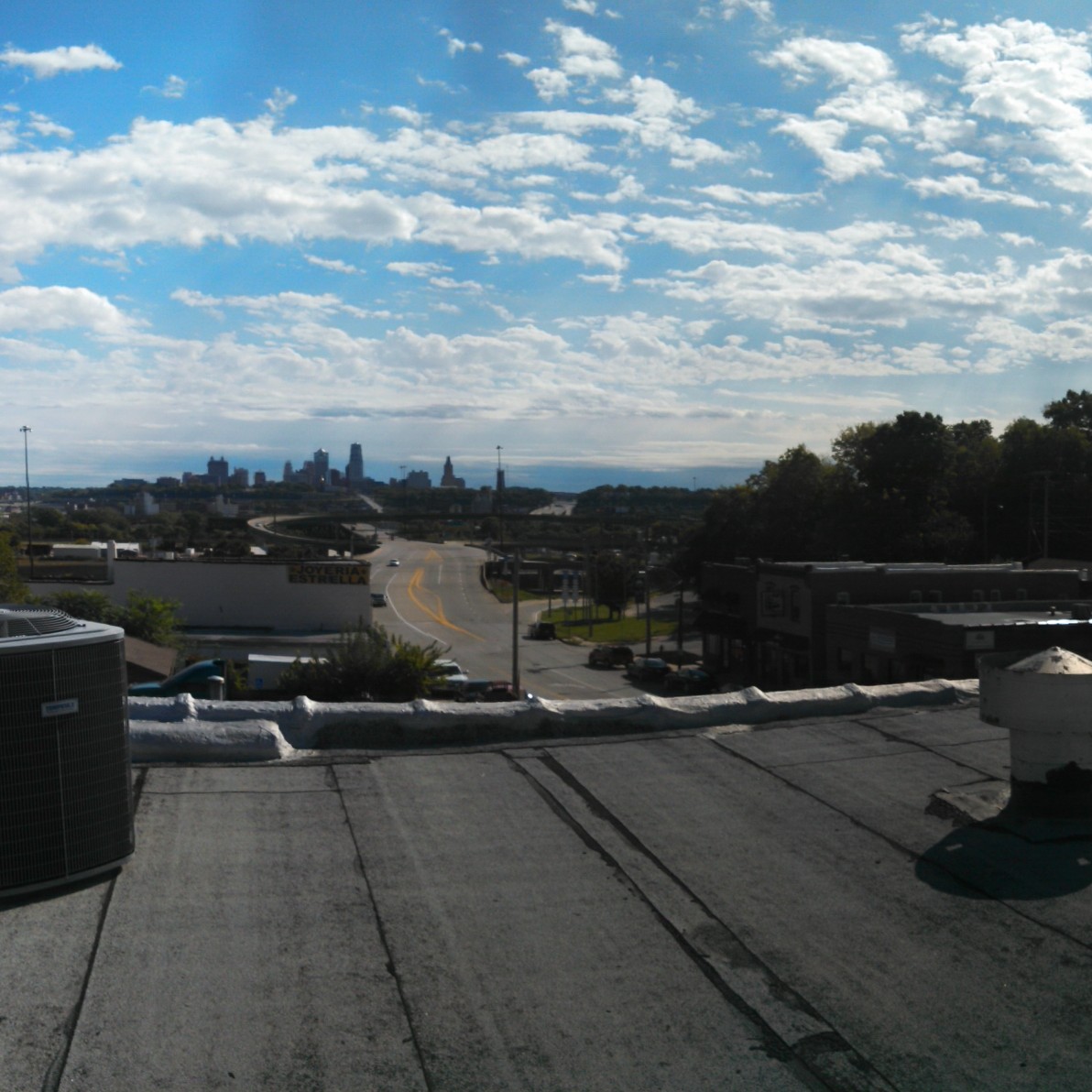For my case study, I wanted to elaborate on the ideas presented in my Citizen Designer post, regarding the Exo disaster relief structure.
In 2005 Michael McDaniel was prompted to use all his spare time designing disaster relief structures in the aftermath of Hurricane Katrina. Where (in his words), “people crowd[ed] into the inhumane conditions of the New Orleans Superdome and Houston Astrodome (where families were separated from each other)”

For more in-depth descriptions and specifications you can go to http://www.reactionhousing.com
Or to see the indiegogo page go here: https://www.indiegogo.com/projects/give-shelter-help-reaction-deploy-housing-for-families-in-need
But for a quick version- the exo design can be constructed in a multitude of environments (on top of asphalt of in a field or pasture). It doesn’t require any special tools or set up instructions- it can be lifted and assembled by four people. It sleeps four people and can be arranged among other pods in a city-like grid, or in clusters to form areas of semi-public out door space. Another important feature is its “coffee-cup” -like design. 15 Exo’s can be transported on a single semi. So that’s 60 people who can be properly sheltered post-disaster per 1 semi truck. Or further broken down, 12 families of 5 per a single semi. The design of the exo itself contains modular elements so it can be easily assembled to be a living room, bedroom, bathroom, office, living space, or storage, as well as modular exterior features that can swap out larger window units if it is sufficient for a particular climate…etc.



This entire project relates to ethical design because the designer behind it all had to take a very different approach to getting his idea implemented. Both government and private corporations were unwilling to work with McDaniel directly, so he took to the internet and made an Indiegogo profile were he raised $25,000 more than his original goal of $50,000 and exo’s are already being shipped around the world. (Currently to disaster ridden areas in Syria)
This example of ethical design in the world provides a model for how design can work in the future, even beyond the scope of disaster or humanitarian architecture. It shows how designers can circumnavigate the system driven primarily by economics and take it upon themselves to initiate projects that they feel are important.
The class’s response was many and mostly positive:
From Barry: That is absolutely fantastic. How much does one of those cost to make? It’s amazing how the idea is not really earth shattering. It’ really simple. Yet there it is, a total “gamechanger.” What’s really sad is there are others who probably thought of something like that but didn’t have the “new literacy” to make it happen.
Oh, and two kids is not sustainable. Think about it. If everyone had two kids, some of those kids would die. The birthrate would be well under two. If you factor in the people who can’t or don’t want to have kids the birthrate would be even lower. But even if everyone could and wanted to have kids and all of those kids made it to adulthood, there’s still a problem. The population gets older and older. Soon you’ll have 1 working person for every 2 retirees. I’m sure you know that most retirees are not living completely off the money they paid into the system.
China, Western Europe, and Russia are trying to figure out how to deal with this problem now.
http://business.time.com/2012/10/04/why-the-falling-u-s-birth-rates-are-o-troubling/
From Erik: Yeah, Ive seen these before and they are awesome. There so easily shipped and can be used for a number of purposes making them ideal relief structures. It seems like such an obvious solution that you wonder why hasn’t it been done before, but like Barry said someone else probably had the idea but just couldn’t get it done.
From Fatima: “McDaniel’s idea relates in quite a few points with A Roof for my Country, the NGO I presented in my case study. McDaniel’s trigger was what happened after Hurricane Katrina. A Roof for my Country started with a group of people that sought to find a solution to poverty in Chile and later then in all of Latin America. Both housing ideas are emergency/ temporary housing. Families in a state of calamity, be it a natural disaster or the reality of a third world country can start to form communities with the help of these projects.
The Exo design is certainly much more efficient. It modularity and capacity to change according to the needs of the families is so smart. The houses built in A Roof for my Country come in a kit of parts but still, foundation has to be dug up and this is all done with the help of young volunteers.
Both projects have a lot of thought put on to and I think they are amazing. But I also think that they are focused on different aspects of calamity. What would be interesting would be to see both of these projects come together. McDaniel Exo housing idea could contribute with A Roof for my Country’s idea of creating a community. A Roof for my Country could incorporate some of the design ideas that McDaniel Presents such as modularity.”
From Chloe: “I’d really like to see these implemented somewhere. I think it’s an amazing idea. I love the video you posted last time. Its horrible that implementation is the hardest hurdle for so many great ideas. I really don’t understand why it works like that. I don’t know if you wene to the Eric Cesal lecture last week or not, but hes an Architecture for Humanity guy. He talked a lot about design after natural disasters and how 9 times out of 10 we end up going back to using tents despite all these design competitions. We need someone to really push for design solutions. You should check Eric Cesal out though! Apparently his book is amazing, I have it but I haven’t started yet.”
